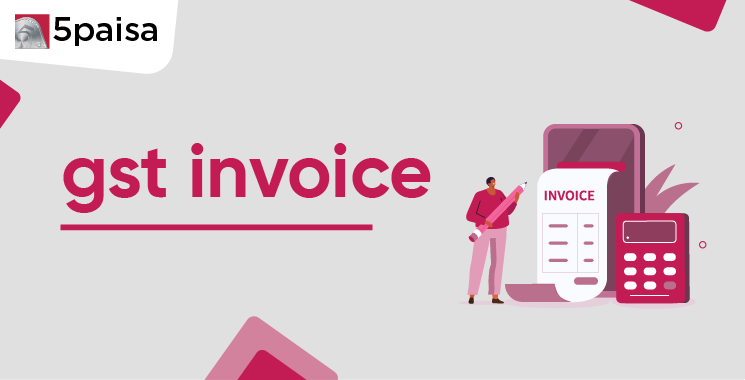Content
- What is a GST Invoice?
- Key Components of a GST Invoice
- Types of GST Invoices
- GST Invoice Generation & Compliance
- What is E-Invoicing Under GST?
- Benefits of E-Invoicing
- GST Invoice Penalties and Mistakes to Avoid
- GST Invoice Best Practices for Businesses
- Conclusion: The Future of GST Invoicing
If you're running a business in India, whether a startup or an established enterprise, you've likely come across the term GST invoice more times than you can count.
A GST invoice isn’t just a piece of paper or a digital document; it's the backbone of your tax compliance, ensuring that your transactions are legitimate, your tax credits are accurately claimed, and your business avoids penalties. With evolving regulations and the introduction of e-invoicing under GST, keeping up with the latest GST invoice rules is critical for seamless business operations.
Businesses must ensure that they adhere to the latest GST invoice requirements to maintain accurate records and avoid GST invoice penalties. Whether you're a new entrepreneur seeking clarity on GST invoice generation or an experienced business owner looking to streamline your GST invoice process, we have got you covered.
By mastering GST invoice compliance, businesses can maximize tax benefits, prevent disputes, and enhance financial transparency. This in-depth guide covers every aspect of GST invoices, ensuring you are informed about the ever-evolving taxation rules,
More Articles to Explore
- Difference between NSDL and CDSL
- Lowest brokerage charges in India for online trading
- How to find your demat account number using PAN card
- What are bonus shares and how do they work?
- How to transfer shares from one demat account to another?
- What is BO ID?
- Open demat account without a PAN card - a complete guide
- What are DP charges?
- What is DP ID in a demat account
- How to transfer money from demat account to bank account
Disclaimer: Investment in securities market are subject to market risks, read all the related documents carefully before investing. For detailed disclaimer please Click here.
Frequently Asked Questions
The invoice date is the date when you send out the invoice to your customer. The due date is the expected or requested payment date of that same invoice.
Yes. It is mandatory to maintain the serial number of invoices as it helps in filing returns and tracking payments.
When issuing an invoice under reverse charge, you must include all the details from the original invoice plus an additional clause stating ‘Liability to pay tax is on the recipient.’
No. A GST invoice cannot be issued for goods or services that are exempted from GST. This is because there is no tax to be accounted for.
An e-invoice is an invoice issued through the GSTN portal, as opposed to a regular paper invoice. It includes all the required details and information in an electronic format, which can then be shared with customers or other entities via email or on their respective portals. The biggest difference between a regular GST invoice and an e-invoice is that the latter has to be uploaded on the GSTN portal. It also includes a unique e-invoice number generated by the system itself.



